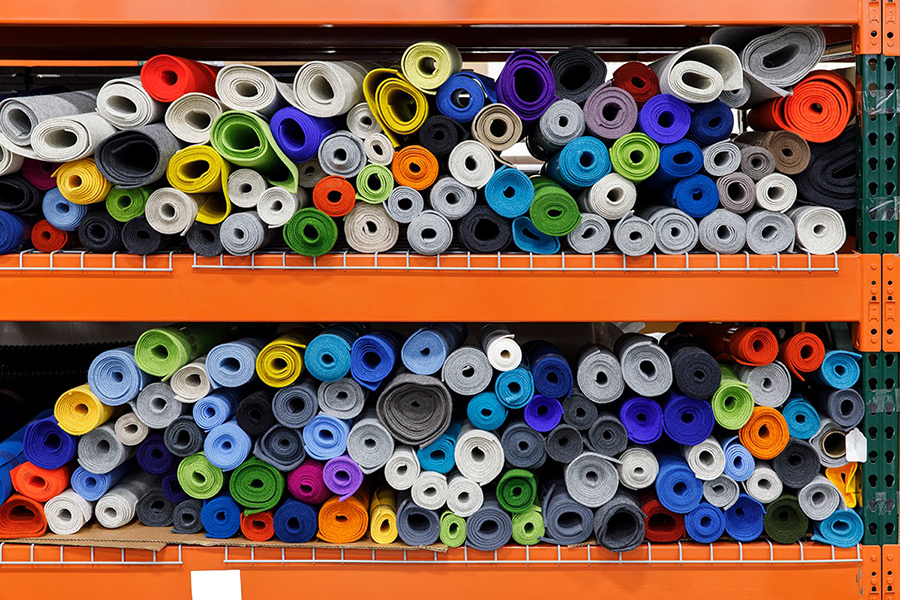Name : wool felt/wool blended felt
Size :1X1m ,
Material :felt
Color :Do as panton card
MOQ:10rolls
Package:woven bag
Wool Felt
Wool felts are produced by applying heat, moisture and compression to the fibres, allowing them to fuse together naturally without any bonding agent.
A guide to engineering with pressed wool felt
Modern manufacturing is blessed with the wide variety of materials
available, but just because it has been around for many years,
pressed wool felt should not be overlooked.
Wool fibres have small scales on the surface. This allows the fibres to
become intertwined through the controlled application of heat, moisture
and pressure. In this form the material can be cut, formed, drilled, turned
and shaped to produce the required part.
So why pick wool felt?
Typical applications can involve liquid control, sealing, dampening and
isolation, and polishing, etc, and one reason to pick wool felt is that,
unlike many other materials, it can be used to deal with several of these
requirements at the same time. Example - Bearing seals used both to
lubricate and to keep out dust particles.
Liquid Control
Fluids can be readily absorbed into wool felt through capillary action. Low density wool felt may absorb over
four times its own weight, whilst a higher density, firm felt, with less voids, can absorb up to its own weight.
However, to transmit a fluid in a wicking application, higher density felts can be more efficient due to the finer
capillary pathway providing greater suction, but although they may transfer a fluid more rapidly, they can be less effective at conveying large volumes. Fluid density and feed position will need to be taken into consideration.The orientation of wool felt will also allow for liquid to flow better through one axis. This can be determined by the natural ripple in a roll, or when a pad is folded slightly. Our production can ensure parts are cut in the direction required.
Sealing
The unique properties of the wool fibre allow it to produce a uniform structure, so that if the surface is removed, it is replaced by a similar face, unlike many other mechanical sealing materials that glaze over with wear. The resilience of wool felt allows it to accommodate any eccentricity when compressed on to a shaft and in such applications it can perform well between -35°c and 90°c. If a seal runs dry it will tend to polish a shaft rather than score it and it will not become brittle or disintegrate within its normal operating conditions.
Dampening and Isolation
Fibres are not locked in place within the felt, so they are able to vibrate and move within the structure and therefore absorb energy.The open structure also makes it an efficient absorber of airborne sound, particularly of high frequency, making it useful for reducing noise levels inside equipment.

Contact: Daisy
Phone: 15830982094
E-mail: info@zohnfelt.com
Whatsapp:+8615830982094
Add: Weixian,Xingtai ,Hebei,China
We chat
